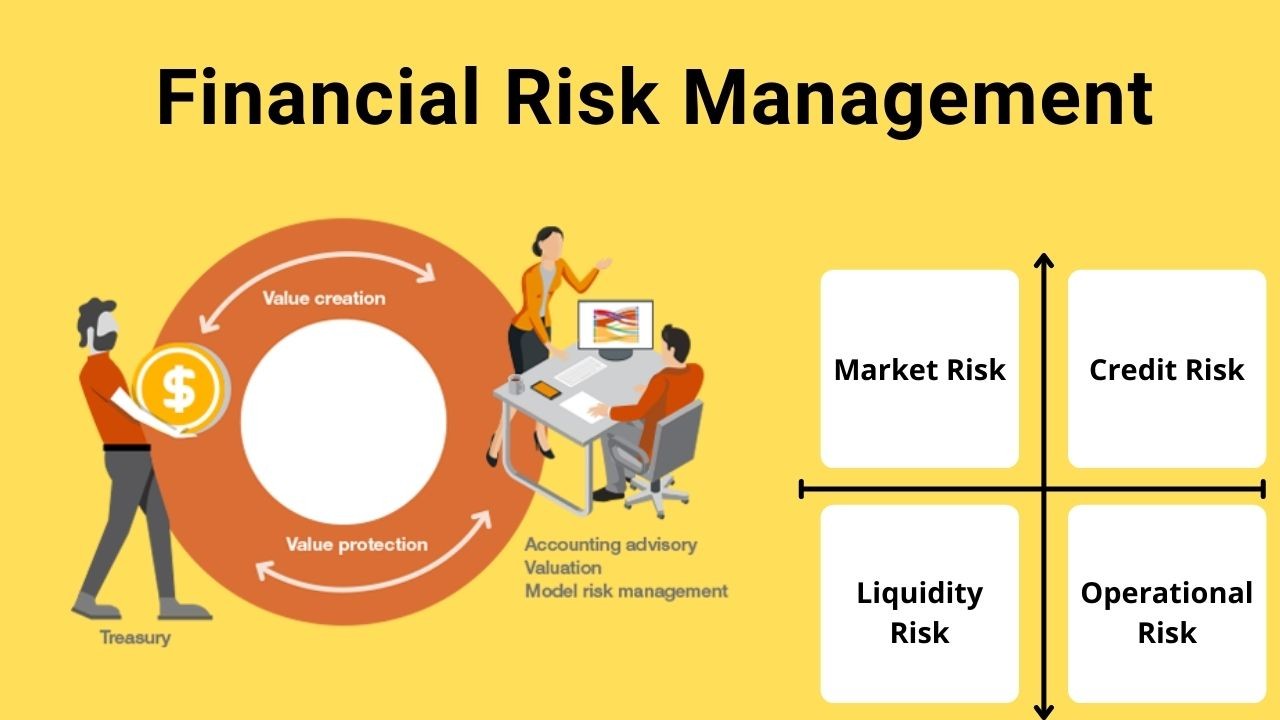Finance
Managing Risk in Financial Investments: A Comprehensive Guide
In the world of financial investments, risk management is essential for protecting your assets and achieving long-term financial goals. By understanding and applying effective risk management strategies, you can mitigate potential losses and enhance your investment outcomes. This guide explores key concepts and strategies for managing risk in financial investments, providing practical insights to help you navigate the complexities of the financial markets.
1. Understand the Types of Investment Risks
Investing inherently involves various types of risk, each with its own implications for your portfolio. Understanding these risks is the first step in effective risk management.
Types of Investment Risks:
- Market Risk: Also known as systematic risk, this is the risk of losses due to overall market fluctuations. Market risk affects all investments and cannot be eliminated but can be managed through diversification.
- Credit Risk: This is the risk of loss due to a borrower’s inability to repay a loan or meet other financial obligations. It primarily affects fixed-income investments like bonds.
- Liquidity Risk: This refers to the risk of being unable to buy or sell investments quickly at a fair price. Investments in less liquid markets or assets can face higher liquidity risk.
- Interest Rate Risk: Changes in interest rates can affect the value of investments, particularly bonds and other fixed-income securities. Rising interest rates generally decrease the value of existing bonds.
- Inflation Risk: This is the risk that inflation will erode the purchasing power of your investment returns. It affects all investments, especially those with fixed returns.
Understanding these risks allows you to develop strategies to mitigate their impact on your investments.
2. Diversify Your Portfolio
Diversification is a fundamental risk management strategy that involves spreading your investments across different asset classes, sectors, and geographic regions. The goal is to reduce the impact of poor performance in any single investment on your overall portfolio.
Diversification Strategies:
- Asset Class Diversification: Allocate investments among various asset classes such as stocks, bonds, real estate, and commodities. Different asset classes respond differently to market conditions.
- Sector Diversification: Invest in a range of sectors (e.g., technology, healthcare, consumer goods) to protect against sector-specific downturns.
- Geographic Diversification: Include international investments to reduce exposure to domestic economic conditions and benefit from global growth opportunities.
Benefits of Diversification:
- Reduces overall portfolio risk by minimizing the impact of any single investment’s poor performance. Diversification helps smooth out returns and provides a more stable investment experience.
3. Implement Risk Tolerance Assessments
Assessing your risk tolerance is crucial for aligning your investment strategy with your financial goals and comfort level with risk. Risk tolerance refers to the amount of risk you are willing and able to take on in your investment portfolio.
Risk Tolerance Factors:
- Time Horizon: Your investment time horizon, or the length of time you plan to hold an investment, affects your ability to endure market fluctuations. Longer time horizons generally allow for more risk-taking.
- Financial Goals: Define your financial objectives, such as retirement, buying a home, or funding education. Your goals will influence the appropriate level of risk for your investments.
- Financial Situation: Consider your current financial situation, including income, expenses, and existing investments. A stable financial situation may allow for higher risk-taking.
Adjusting Your Portfolio:
- Based on your risk tolerance, adjust your portfolio to balance risk and return. Higher risk tolerance may lead to a more aggressive portfolio, while lower risk tolerance suggests a more conservative approach.
4. Use Stop-Loss Orders
Stop-loss orders are a risk management tool that can help protect your investments from significant losses. A stop-loss order instructs your broker to sell an investment when its price falls to a predetermined level.
How Stop-Loss Orders Work:
- Setting Stop-Loss Levels: Determine the price at which you want to sell an investment if it declines. This level should be based on your risk tolerance and the potential loss you are willing to accept.
- Executing Stop-Loss Orders: Once the stop-loss price is reached, the order is triggered, and the investment is sold automatically. This helps limit losses and protect your capital.
Advantages of Stop-Loss Orders:
- Helps manage risk by automatically selling investments that fall below a certain price, preventing further losses and maintaining investment discipline.
5. Regularly Review and Rebalance Your Portfolio
Regular portfolio reviews and rebalancing are essential for maintaining your desired risk level and ensuring alignment with your investment goals.
Portfolio Review Process:
- Performance Assessment: Regularly review the performance of your investments to assess whether they are meeting your expectations and objectives.
- Rebalancing: Rebalance your portfolio to maintain your desired asset allocation. This involves adjusting your holdings to return to your target allocation, which may have shifted due to market movements.
Benefits of Regular Review:
- Ensures that your portfolio remains aligned with your risk tolerance and investment goals. Rebalancing helps manage risk by maintaining your intended asset allocation.
6. Consider Risk Management Tools
There are various risk management tools available that can help you protect your investments and manage potential risks.
Risk Management Tools:
- Hedging: Use financial instruments such as options or futures contracts to hedge against potential losses in your investments. Hedging strategies can help offset risks and protect your portfolio.
- Insurance Products: Consider insurance products such as annuities or investment protection plans that offer protection against certain investment risks.
Utilizing these tools:
- Helps mitigate specific risks and provides additional layers of protection for your investments.
Conclusion
Effective risk management is crucial for navigating the complexities of financial investments and achieving long-term financial success. By understanding various investment risks, diversifying your portfolio, assessing your risk tolerance, using stop-loss orders, regularly reviewing and rebalancing your investments, and considering risk management tools, you can better protect your assets and enhance your investment outcomes.
At zgladnews, we are dedicated to providing valuable insights and resources to support your financial journey. For more information and guidance on risk management and other financial topics, explore our resources and connect with our expert team.


